Starting a blog in 2025 may seem old-fashioned for some. It’s like showing up to a party that peaked back in 2010.
For those who want to get started, you’ll be pleased to know that blogging isn’t dead, but it has evolved somewhat since its beginnings in the 1990s.
It’s understandable to see blogs as relics of a bygone era of the early Internet. Blogs are often underused today because other platforms make information easy to skim.
However, people still instinctively search for things on Google.
Why? It’s easier to ask a search engine than it is to try to find an answer on social media.
Starting a blog in 2025 is actually ideal due to the sheer number of niches you can now choose from. Plus, it’s easier than ever to set up a blog and get writing.
Nowadays, you don’t need to be a writer or a web designer to launch one.
You just need a clear purpose, the right tools, and the ability to post consistently.
This guide walks you through everything you need to know about how to start a blog and make money, from picking your niche to monetizing your content.
No fluff, no outdated advice. Just the essentials.
Βασικά συμπεράσματα
- Choose a niche you’re genuinely interested in, not just what seems profitable.
- WordPress.org offers the most flexibility for serious bloggers.
- Your first posts won’t be perfect, and that’s completely normal.
- SEO matters from day one, but don’t let it paralyze you.
- Consistency beats perfection every single time.
Why Starting a Blog Is Still Worth It
Let’s address the elephant in the room: Is blogging still relevant?
Short answer: Yes. Long answer: It depends on what you’re trying to achieve.
Social media platforms come and go. Your blog? It stays yours. It’s your digital real estate. Instagram can change its algorithm overnight and tank your reach.
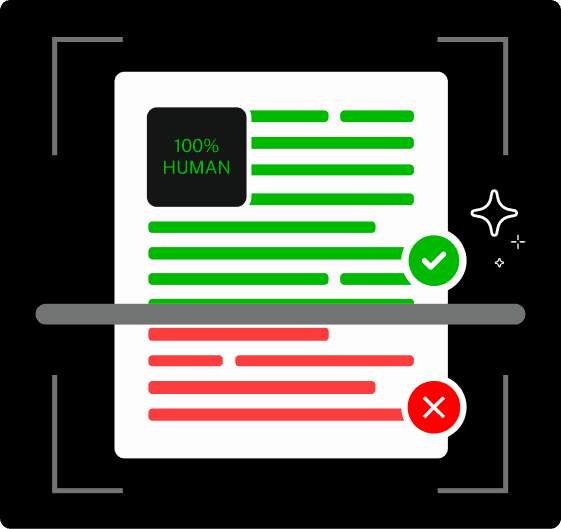

Μην ανησυχείτε ποτέ ξανά για την τεχνητή νοημοσύνη που ανιχνεύει τα κείμενά σας. Undetectable AI Μπορεί να σας βοηθήσει:
- Κάντε το γραπτό σας με υποστήριξη AI να εμφανιστεί ανθρωποειδής.
- Παράκαμψη όλα τα κύρια εργαλεία ανίχνευσης AI με ένα μόνο κλικ.
- Χρήση AI με ασφάλεια και με αυτοπεποίθηση στο σχολείο και στην εργασία.
TikTok can ban your account for reasons you’ll never fully understand.
Here’s what makes blogging valuable in 2025:
- Authority building: Nothing establishes expertise like long-form, thoughtful content. A LinkedIn post might get you noticed. A comprehensive blog post gets you remembered.
- SEO benefits: Google still loves well-written blog content. Every post is a new opportunity to rank for keywords your audience is searching for.
- Monetization options: Blogs can generate income through ads, affiliate marketing, sponsored content, digital products, and consulting opportunities.
- Portfolio creation: Whether you’re a writer, designer, photographer, or consultant, your blog showcases your work and thinking.
Blogging requires patience, and you won’t go viral overnight.
However, if you’re willing to play the long game, the payoff is real and can be tangible.
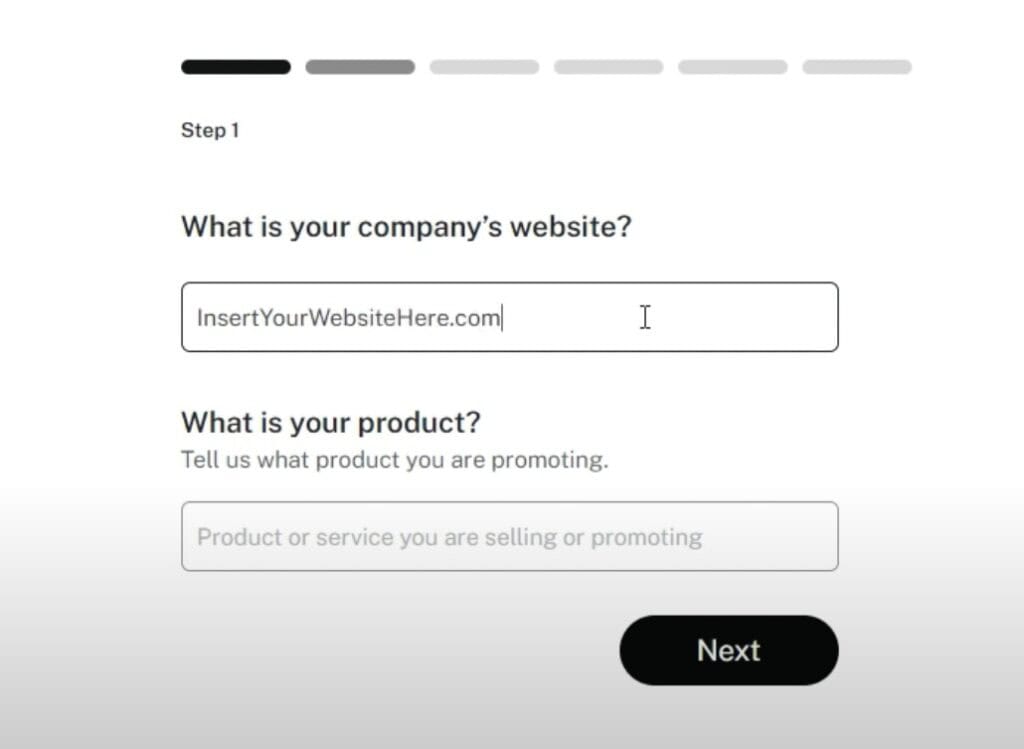
Χρήση μη ανιχνεύσιμων AI Συγγραφέας AI SEO to help craft optimized, keyword-rich posts from day one. Even beginners can produce content that ranks without spending hours learning technical SEO.
Step 1: Choose Your Blog Niche
Το σας niche is the focused topic area your blog covers. Think of it as your blog’s personality and promise to readers.
Most new bloggers make the mistake of going too broad. “Lifestyle blog” sounds appealing, but it’s nearly impossible to stand out when you’re competing with millions of other lifestyle blogs.
Instead, get specific. Here are some examples:
- Too broad: “Fashion blog”
- Better: “Sustainable fashion for plus-size women”
- Too broad: “Food blog”
- Better: “Budget-friendly meal prep for college students”
The sweet spot is the intersection of three things:
- What you know: Your expertise, experiences, or perspectives. You don’t need to be the world’s leading expert. You just need to know more than your target reader.
- What people search for: There needs to be an audience actively looking for content in your niche.
- What you won’t get bored with: Can you talk about this topic fifty times? A hundred? Because that’s what building a successful blog requires.

Not sure where to start? Try Undetectable AI’s Ρωτήστε την AI to generate niche ideas and evaluate competition based on audience interest.
It can analyze trending topics and suggest angles that might work for your background.
Step 2: Pick a Blogging Platform
Your blogging platform is the software that powers your blog. This decision matters more than you think.
The main contenders are:
- WordPress.org: The industry standard that powers about 43% of all websites. Free, open-source, and infinitely customizable. This is what professionals use.
- Wix: Drag-and-drop simplicity. Great for beginners who want something pretty without touching code. Limited customization as you grow.
- Squarespace: Beautiful templates, clean design. Beloved by creatives and portfolio-style blogs.
- Μεσαίο: Write and publish immediately. Built-in audience. Zero control over monetization or design.
For most people serious about blogging, WordPress.org is the right move.
Yes, there’s a learning curve. But it’s worth it for the flexibility, plugin ecosystem, and full ownership of your site.
Step 3: Get a Domain Name and Hosting
Your domain name is your blog’s address on the Internet. Choose carefully.
You’ll likely keep it long term. Changing it later is possible, but can involve broken links inside existing content and some technical DNS know-how.
Good domain names are short and memorable, easy to spell, related to your niche, and available as a .com (other extensions work, but .com is still the most widely trusted).
Avoid numbers, hyphens, intentional misspellings, and anything you’d struggle to explain over the phone. Check availability at Namecheap or Google Domains.
Expect to pay $10–15 per year for .com domain names. Highly sought-after names can cost more.
Hosting is where your blog’s files actually live. You need both a domain and hosting for your blog to exist online.
Recommended hosts for beginners:
- Bluehost: Officially recommended by WordPress. Solid uptime, decent support, and affordable. Plans start around $3–4/month.
- SiteGround: Faster, better support, slightly pricier. Worth it if you can swing the extra $5/month.
Most hosts offer one-click WordPress installation. You’ll be up and running in under 10 minutes.
Step 4: Set Up and Customize Your Blog
Once WordPress is installed, you’ll land in your dashboard. WordPress is powerful but simple. So don’t panic when you first see all the options.
Start with these basics:
- Choose a theme: Your theme controls your blog’s look. Start with a free theme like Astra or GeneratePress. They’re fast, clean, and mobile responsive.
- Install essential plugins: Plugins add functionality. Must-haves include Yoast SEO (search optimization), Akismet (spam protection), and UpdraftPlus (backups).
- Create key pages: At a minimum, you need an About page and a Contact page. Your About page is often the second-most-visited page on blogs.
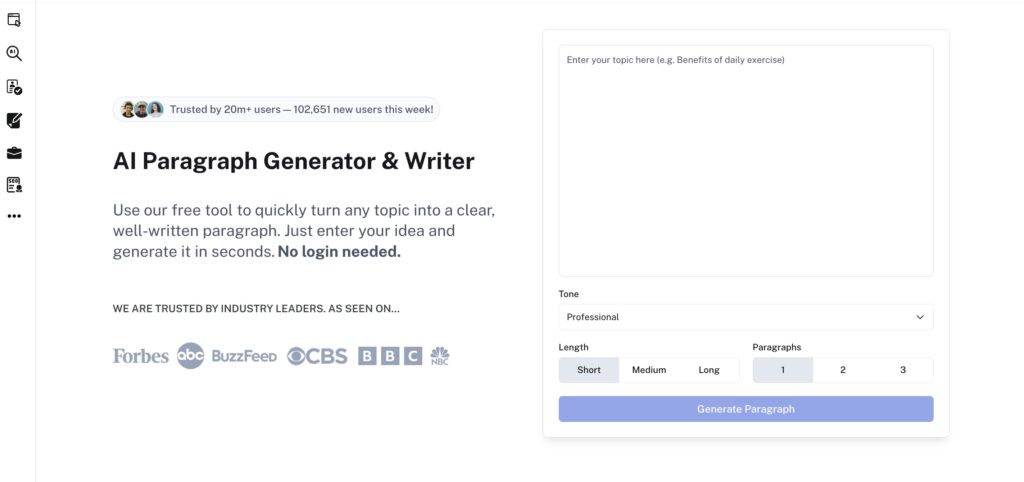
Struggling with About page content? Use Undetectable AI’s Γεννήτρια παραγράφων AI to write your author bio effortlessly.
Give it your background and what you want readers to know, and it’ll generate natural-sounding copy you can refine.
Don’t spend three weeks perfecting your design. Get it functional, then move on to content. Your design matters less than you think at this stage.
Step 5: Plan Your Blog Content Strategy
Random posting won’t build an audience. You need a content strategy.
Start by understanding what your target reader wants. What questions do they ask Google?
What problems keep them up at night? Your content should answer those questions and solve those problems.
Create a content calendar. Nothing fancy required. A simple spreadsheet with post title, target keyword, publish date, and status works perfectly.
Aim to publish consistently. Once a week is realistic for most beginners. The keyword is consistency.
Better to publish every other week reliably than to post daily for two weeks and then disappear for three months.
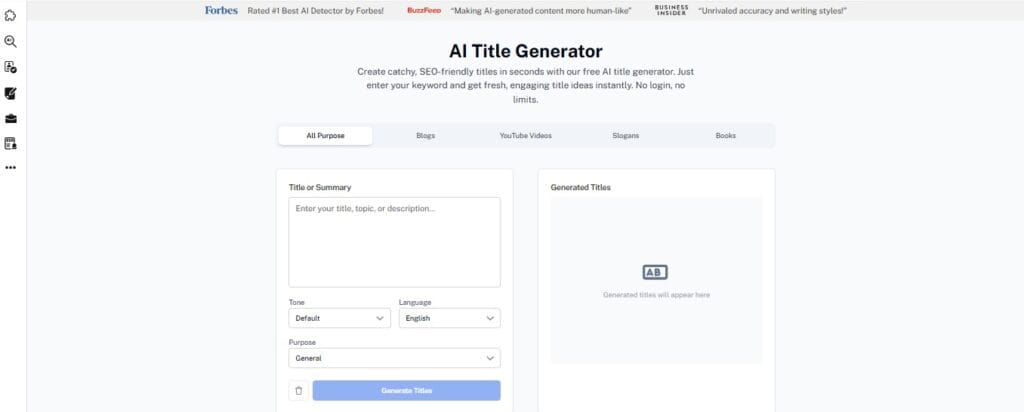
Χρήση μη ανιχνεύσιμων AI Γεννήτρια τίτλου to craft SEO-friendly blog titles that boost click-through rates.
Good titles make the difference between 50 views and 5,000 views on the same quality content.
Here’s how it works: Input your topic or main keyword, and the tool generates multiple title options optimized for both search engines and human readers.
You’ll see variations with different angles, power words, and structures.
Pick one that matches your voice and resonates with your target audience.
Step 6: Write Your First Blog Post

Your first post doesn’t need to be a masterpiece. It just needs to exist.
Here’s a simple structure that works:
- Εισαγωγή: Hook readers with a relatable problem or interesting fact. Tell them what they’ll learn.
- Σώμα: Break your content into clear sections with subheadings. Use short paragraphs. Include examples, screenshots, or personal stories.
- Συμπέρασμα: Summarize key points. Include a call-to-action (subscribe to your newsletter, read another post, leave a comment).
Writing tips for beginners:
Write like you talk. Read your post aloud. If it sounds stiff or weird, rewrite it.
Use the active voice. “I tested five productivity apps” sounds far more natural than “Five productivity apps were tested by me.”
Cut the fluff. Every sentence should serve a purpose. If you can delete it without losing meaning, delete it.
The hardest part of blogging isn’t writing. It’s publishing imperfect work and moving on to the next post. Your 50th post will be infinitely better than your first.
You only get there by publishing your very first one.
Step 7: Optimize Your Blog for SEO
SEO (Search Engine Optimization) helps people find your blog through Google. It’s not optional if you want organic traffic.
Basic SEO steps:
- Έρευνα λέξεων-κλειδιών: Find what people actually search for. Use free tools like Google Keyword Planner or AnswerThePublic.
- On-page optimization: Include your target keyword in your title, first paragraph, a few subheadings, and naturally throughout the post. Don’t force it.
- Περιγραφές Meta: Write compelling summaries (aim for ~150–160 characters).
- Εσωτερική σύνδεση: Link to your other relevant posts. This keeps readers on your site longer and helps Google understand your content structure.
- Image optimization: Compress images for faster loading. Add descriptive alt text for accessibility and SEO.
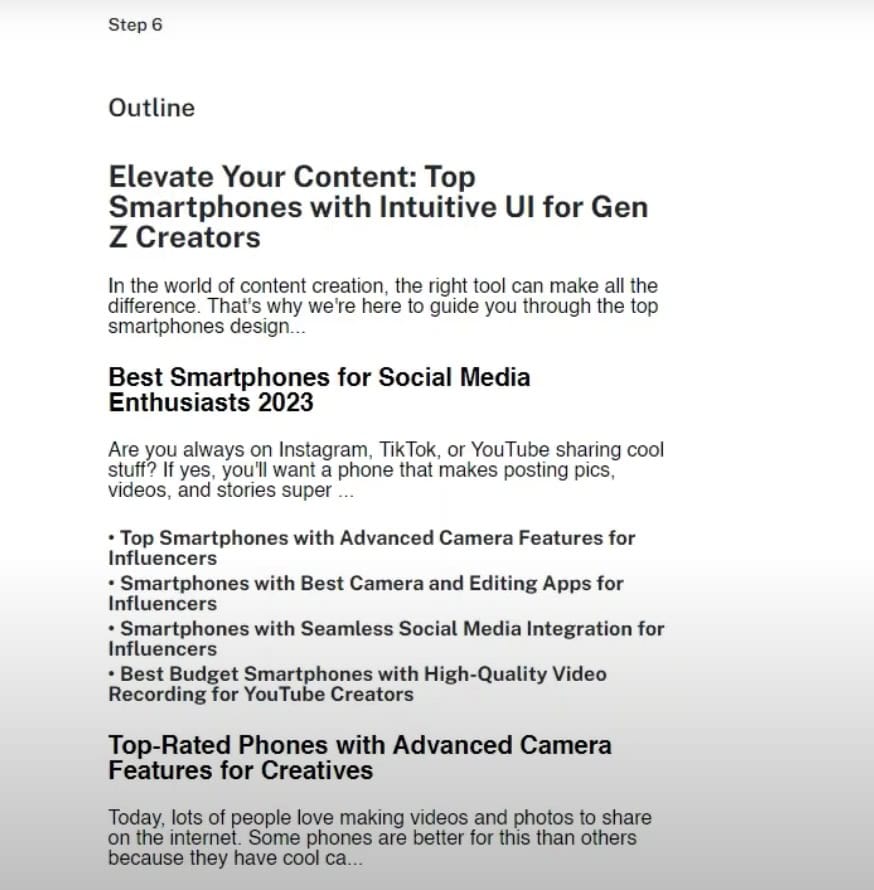
Χρήση μη ανιχνεύσιμων AI Συγγραφέας AI SEO to optimize existing content automatically for on-page SEO.
It analyzes your posts and suggests improvements for keyword placement, readability, and structure without making your content sound robotic.
What is the biggest SEO mistake beginners make? Keyword stuffing. Write for humans first, search engines second.
Step 8: Promote Your Blog
Publishing a post and hoping people find it is like opening a store in the middle of nowhere without telling anyone. You need promotion.
Start with these channels:
- Email list: Build one from day one. Email is the highest-ROI marketing channel. Use ConvertKit or Mailchimp. Offer a freebie in exchange for email addresses.
- Μέσα κοινωνικής δικτύωσης: Pick one or two platforms where your audience hangs out. Don’t try to be everywhere.
- Guest posting: Write for established blogs in your niche. Include a link back to your site. This builds authority and drives traffic.
- Communities: Join relevant Reddit communities, Facebook groups, or online forums. Be genuinely helpful. Share your posts only when they directly answer someone’s question.
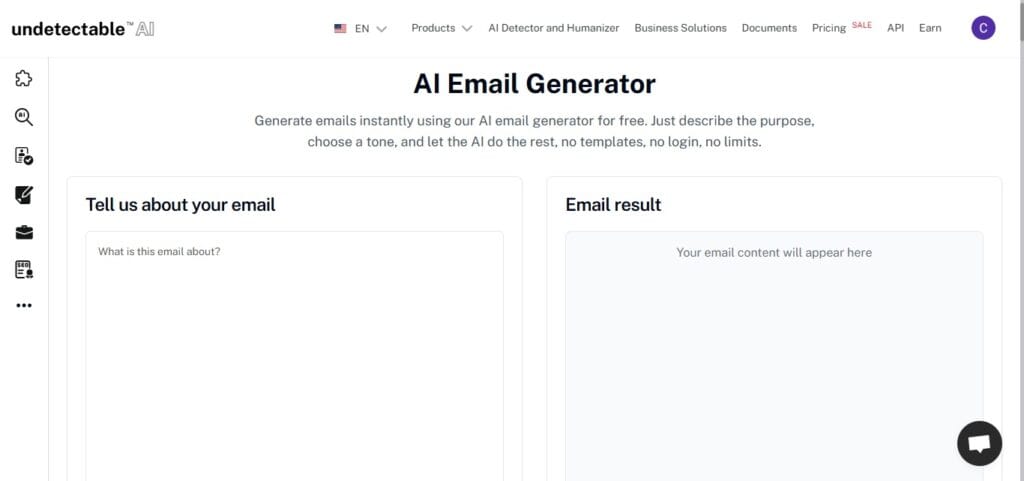
Χρήση μη ανιχνεύσιμων AI Γεννήτρια ηλεκτρονικού ταχυδρομείου AI to write engaging newsletters and outreach pitches for guest posts. Cold outreach is tough.
The tool helps you craft personalized, professional emails that actually get responses.
The promotion never stops. Dedicate at least as much time to promotion as you do to writing.
Step 9: Monetize Your Blog
You won’t make money immediately. Most bloggers need 6–12 months of consistent work before seeing significant income.
Common monetization methods:
Display ads: Platforms like Google AdSense or Mediavine place ads on your site. You earn money per view or click.
Μάρκετινγκ θυγατρικών: Recommend products and earn commissions on sales. Amazon Associates is the easiest place to start.
Sponsored posts: Brands pay you to write about their products. Build relationships with relevant brands.
Digital products: Sell ebooks, courses, templates, or printables. Higher profit margins than affiliate marketing.
Services: Use your blog to attract consulting, coaching, or freelance clients.
The key to successful monetization is promoting only products you actually use and believe in. Your audience’s trust is your most valuable asset.
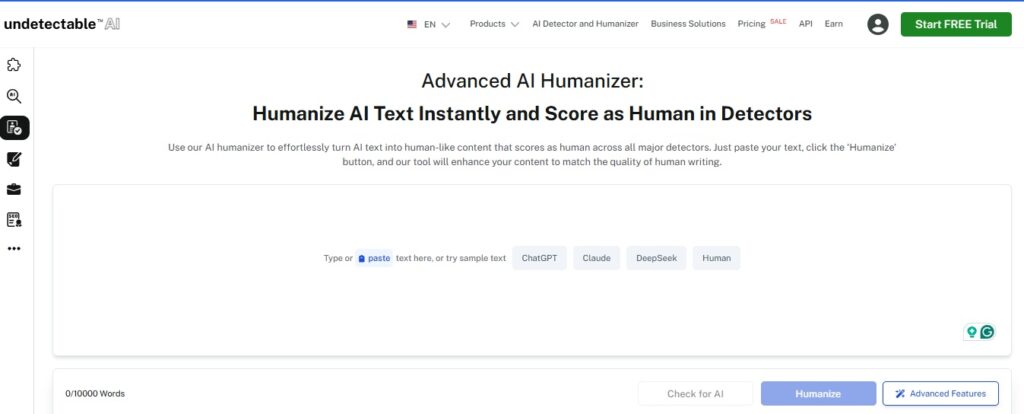
Χρήση Ανθρωποποιητής της μη ανιχνεύσιμης τεχνητής νοημοσύνης to rewrite promotional content so it sounds natural and trustworthy. AI-generated promotional copy often sounds salesy or robotic.
The Humanizer fixes that, making your recommendations feel genuine rather than pushy.
Step 10: Track and Improve Your Performance
You can’t improve what you don’t measure. Analytics tell you what’s working and what’s not.
Set up Google Analytics. It’s free and industry-standard. Track total visitors and pageviews, traffic sources, most popular posts, average time on page, and bounce rate.
Google Search Console shows which keywords you rank for and how many people click your search results. Use this data to optimize existing posts and plan new content.
Review your analytics monthly. Look for patterns. Which posts get the most traffic? Write more content on those topics. Where does your traffic come from? Double down on successful channels.
The best bloggers are constant learners. They test headlines, try new topics, experiment with formats, and iterate based on data.
Before publishing, use our Ελεγκτής AI to confirm that your blog starter content sounds authentically human.
It evaluates your writing for AI-generated patterns and ensures your posts read naturally to both readers and search engines.
Δοκιμάστε τον ανιχνευτή AI και τον Humanizer ακριβώς από κάτω!
Hit Publish Already
Starting a blog in 2025 is still one of the smartest online moves you can make. Yes, it takes work. Yes, it requires patience. But the payoff is ownership, authority, and opportunity.
The best part about blogging in 2025: you won’t be doing it alone.
With the wide range of tools from Μη ανιχνεύσιμο AI, you can plan, write, optimize, and refine your content without getting stuck on the technical details.
You don’t need everything figured out before you start.
You need a niche, a platform, and the courage to publish your first post. Everything else you’ll learn as you go along.
The perfect moment to start a blog doesn’t exist. The best time was five years ago. The second-best time is today.
